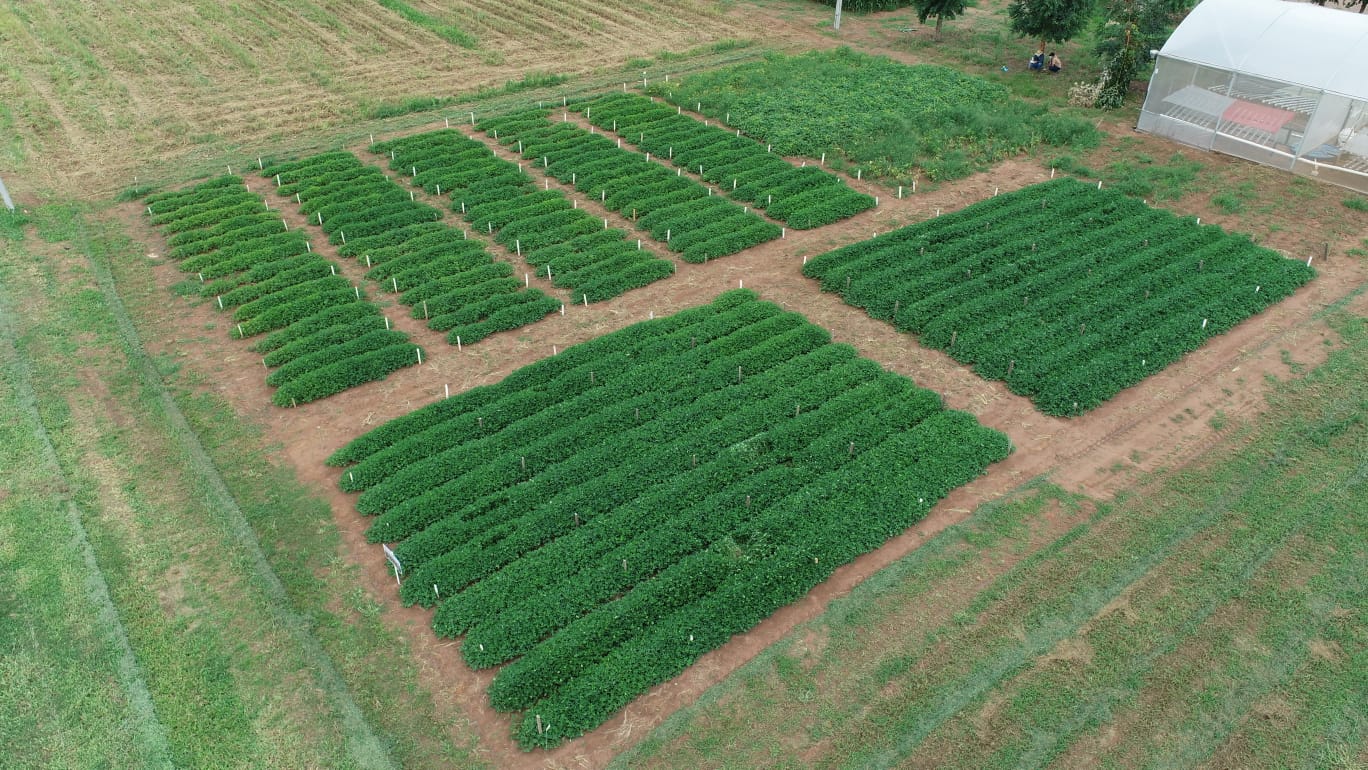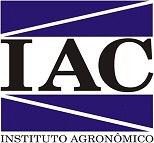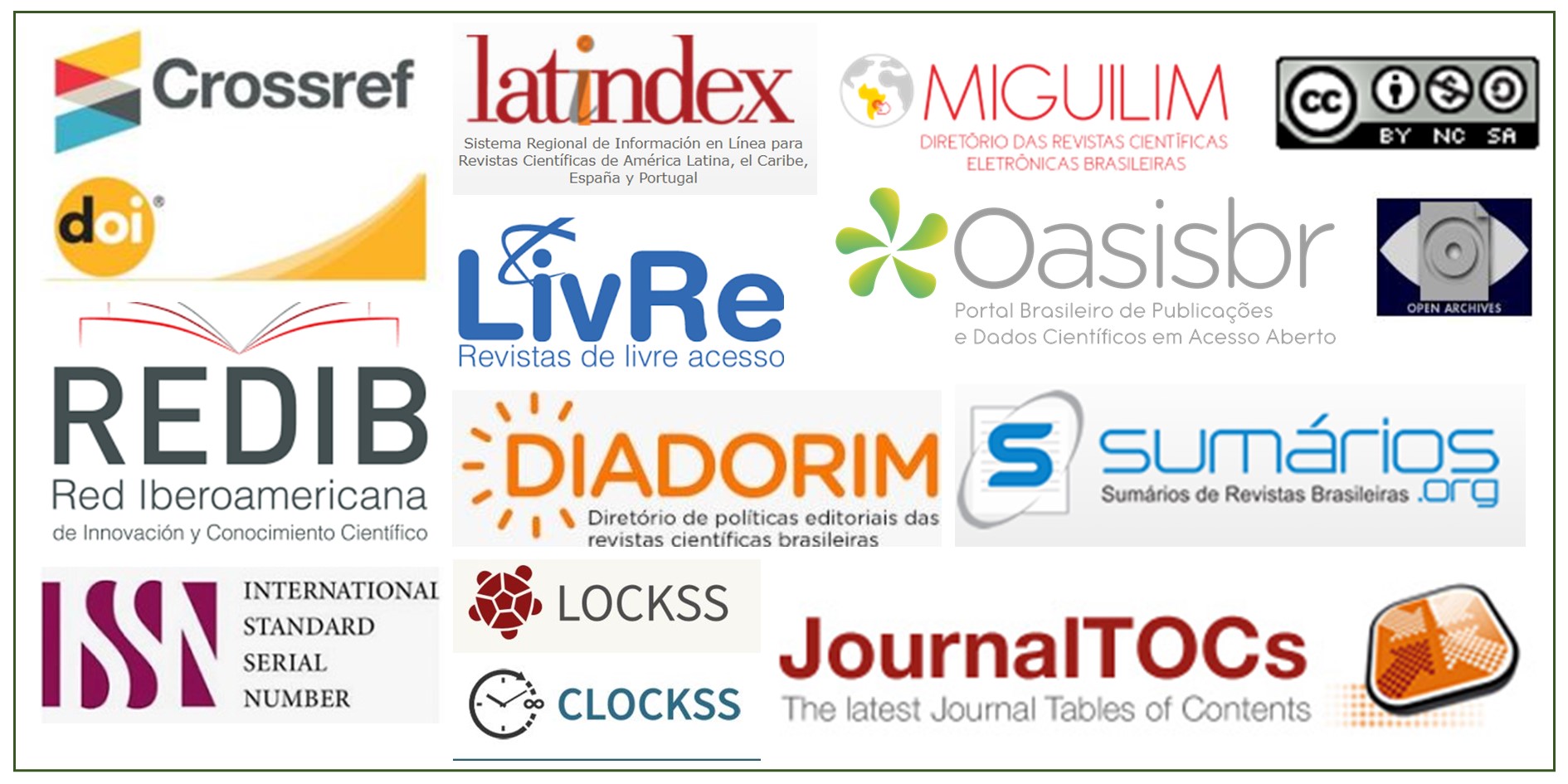Agronomic characteristics of peanut genotypes in southeastern Mato Grosso state
DOI:
https://doi.org/10.52755/sas.v3i2.177Keywords:
Arachis hypogaea L., Peanut, Cultivars, ProductivityAbstract
The peanut crop can be part of the annual crop rotation system in the state of Mato Grosso, the most important state in grain production in the country. Therefore, adapted and productive cultivars for producers must be developed. This work aimed to evaluate the agronomic characteristics of peanut genotypes in the southeastern region of the state of Mato Grosso. The experiment was carried out in the agricultural year 2021/22, in the experimental area of the Federal Institute of Education, Science and Technology of Mato Grosso – Campus São Vicente, Campo Verde Reference Center, located in the municipality of Campo Verde – MT. The experimental design used was randomized blocks, with four replications and nine treatments (genotypes): the cultivar BRS 421 OL and eight lines (1253 OL, 2055 OL, 2091 OL, 2259 OL, 2946 OL, 2960 OL, 2988 OL and 2991 OL) developed by Embrapa. The plots were composed of two lines of three meters in length, with a spacing between lines of 0.90 m, an interval between plots of two meters and a total plot of 5.4 m2. The parameters evaluated were plant height at 20, 29, 38, 54, 62, 76, 84 and 94 days after planting (DAP), black spot severity (Nothopassalora personata), 100-grain weight and pod yield. The genotypes that presented the highest heights in the last evaluation, at 94 DAP, were BRS 421 OL, 2946 OL and 2991 OL. The cultivar BRS 421 OL was among the genotypes with the lowest severity of black spot, as well as the highest mass of 100 grains and the highest yield of pods, with high yield potential in the conditions of southeastern Mato Grosso. The BRS 421 OL can be recommended for the conditions in which it was evaluated for Mato Grosso.
Downloads

Downloads
Published
How to Cite
Issue
Section
License
Copyright (c) 2022 Jair Heuert

This work is licensed under a Creative Commons Attribution-NonCommercial-ShareAlike 4.0 International License.
Autores concordam com os seguintes termos:
a) Os autores mantêm os direitos autorais e concedem à revista o direito de primeira publicação, com o trabalho simultaneamente licenciado sob a LicençaAttribution-NonCommercial-ShareAlike 4.0 International, que permite o compartilhamento do trabalho com reconhecimento da autoria e publicação inicial na Revista SAS. A licença permite o uso, a distribuição e a reprodução irrestrita, em qualquer meio, desde que devidamente citada a fonte. Essa licença permite também que outros remixem, adaptem e criem a partir do seu trabalho para fins não comerciais, desde que atribuam a você o devido crédito e que licenciem as novas criações sob termos idênticos.
b) Não cabe aos autores compensação financeira a qualquer título, por artigos ou resenhas publicados na South American Sciences.
c) Os conceitos expressos nos artigos publicados na South American Sciences são de inteira responsabilidade de seus autores.








